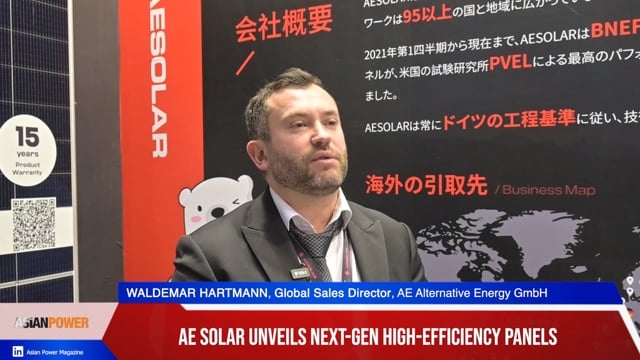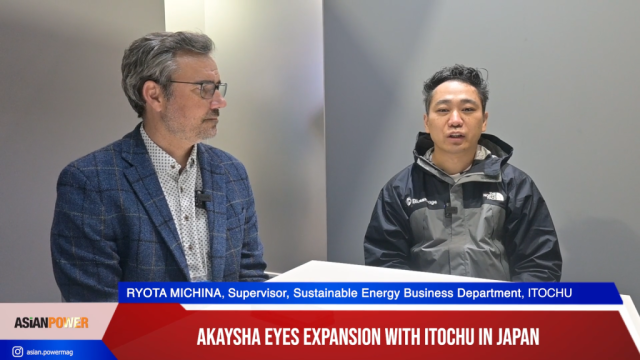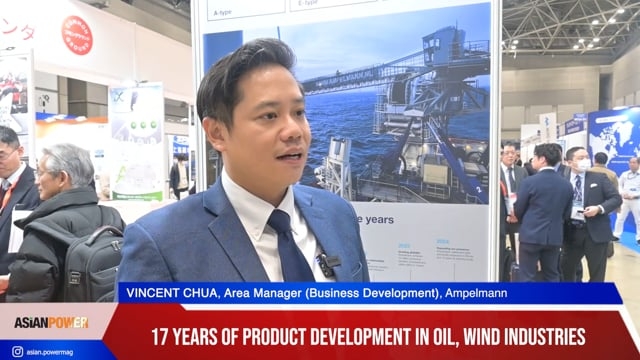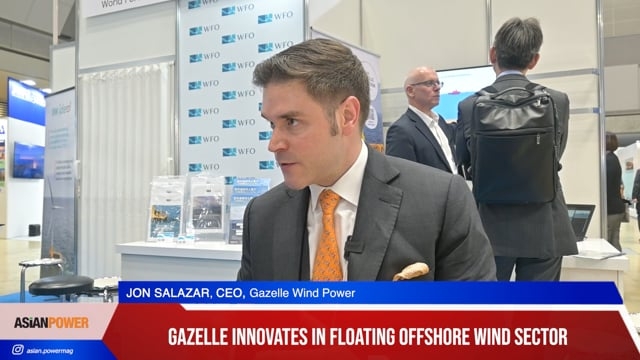GE powers the future with steady upgrades in turbine technology
GE is set to up the game in turbine technology in a threefold bid to improve the overall efficiency beyond 63%.
“Advances in the last 25 years have allowed for greater than 62% efficiency, all with air-cooled technology,” says Guy DeLeonardo, general manager of utility-scale products for gas power systems, GE Power.
“In the short term, continued advances in gas turbine cooling and coatings to manage metal temperatures, along with steam cycle advances will take us to combined cycle efficiencies over 63%,” says DeLeonardo.
Areas of innovation
To improve the turbines’ efficiency, GE is focusing on three things: advanced aerodynamics, better cooling and better thermal barrier coatings.
With advanced aerodynamics, specifically through computational dynamics, advances in supercomputers and physics will allow for improved shapes of blades and stationary parts.
Through better cooling, the technology extracts air from the compressor to cool the turbine parts to manage metal temperatures and life.
“The goal is to reduce the amount of cooling flow we are using, which provides for higher efficiency. The use of smaller features (more and smaller holes) through drilling and other techniques also provide for better cooling,” says DeLeonardo.
Better thermal barrier coatings, on the other hand, involves a process where cooled components are sprayed with a ceramic that helps insulate them from the hot gas temperatures. Near term advances involve lowering the conductivity of those coatings and allowing them to be thicker.
“These three areas... were developed and are being further developed through the GE Store – derived from GE Aviation and co-developed with GE Global Research,” says DeLeonardo.
25 years of improvement
Over the last 25 years, advances in air cooling and combustion allow for a much simpler system, while providing the requisite metal temperatures and emissions.
“The goal of the original H System was to reach greater than 60% efficiency at a time in the industry when 55% efficiency was considered the highest achievable,” explains DeLeonardo.
“This required a firing temperature of 2600 degrees F in the gas turbine, 400 degrees above the melting point of metal.”
Twenty-five years ago, steam cooling was considered the only way to reach this high firing temperature and consequently the 60% efficiency level.
In attempting to reach this high level of efficiency, GE took steam from the steam cycle and used it to cool turbine components, both the stationary and rotating components. This added some complexity as the steam had to come through the gas turbine and back out to the steam cycle which required additional piping and filtration.
Powering industries and economies
Today, GE’s HA gas turbines boast of a simplified, air-cooled architecture that provides a host of benefits to the power generator industry.
“Air-cooled architecture means there is no use of steam to cool any of the combustion or turbine components. This provides for less system complexity, lower capital and installed costs, easier serviceability and faster gas turbine start up as there is no link to the steam cycle,” explains DeLeonardo.
Simplified air-cooled means that there are no external cooling systems or heat exchangers and all cooling is on-board with no active controls.
He notes that in Asia, every point of increased efficiency is worth about $70 million of fuel savings to the customer, based on the use of GE’s largest 9HA.02 gas turbine in combined cycle.
“In North Asia, there remains a high dependency on liquefied natural gas (LNG). Although LNG prices have declined, it remains a critical cost component, and as such, the value of efficiency remains a pivot primary consideration in the investment decision. Therefore GE will continue to invest in its products and programs such as ‘forward lean’ whereby we define valued parameters (such as efficiency) to be created by planning the plant around future productscapabilities. This is an example of how we approach and set new technology standards that will ultimately benefit our customers,” adds DeLeonardo.
In ASEAN, the dynamics are more diverse, but GE observes a converging need to achieve lower levelizsed cost of electricity, given the low price power market.
“As such, there is a need for larger gas turbine units with their attendant economy of scale to power the various economies,” says DeLeonardo.























 Advertise
Advertise








